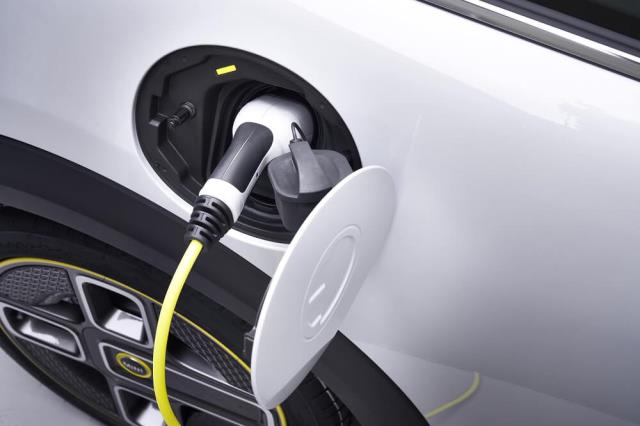Australian’s, including those from Melton and Moorabool, are buying more electric vehicles (EVs) than ever, with sales on tack to more than double in 2023 according to the Electric Vehicle Council’s annual State of Electric Vehicles report, although Australia continues to lag behind comparable nations on consumer choice until necessary policy reform is introduced.
EV sales have surged since last year, with more EVs sold in the first half of 2023 than in all of 2022. 46,624 EVs were sold from January to June 2023, translating to 8.4 per cent of all new car sales in Australia being electric.
The ACT continues to lead on EV sales as a proportion of new vehicle sales at 21.8 per cent, followed by Tasmania and New South Wales at 9 per cent and Victoria just behind at 8.5 per cent.
The Northern Territory has the lowest proportion at 2.4 per cent.
The report finds that although there has been growth in model choice, Australia’s EV market remains dominated by a few models, with the Tesla Model Y, Tesla Model 3, and BYD Atto 3 representing 68.1 per cent of Australia’s EV market.
This underscores the need for policies that can both increase sales volume and improve the variety of options available to consumers.
EVC chief executive Behyad Jafari said the although the acceleration in EV sales was encouraging, Australia would never come close to catching up with the rest of the world under current policy settings.
“Australians now know the future of driving is electric and there’s growing enthusiasm for of all the benefits that will deliver,” he said.
“While Australians have some high-quality options to choose from, it’s no surprise that the models that were most available had the highest sales. Many other brands simply sold out of their full allocation of vehicles sent to Australia.
“That’s because global carmakers are still only sending a trickle of the vehicles they produce to the Australian market, because we remain one of the few nations on earth without new vehicle efficiency standards.”
Jafari said said Australia’s lack of new vehicle efficiency standards means car makers are essentially rewarded for sending their EVs to markets other than Australia.
“So small wonder we remain at the back of the queue,” he said.
“The EV models that lead the sales charts at the moment are terrific, but Australian consumers should have the same choices as drivers in other countries. If the Australian Government gets on with introducing strong new vehicle efficiency standards, we will see consumer choice expand rapidly.
“The good news for the federal government is that its initial policies are clearly working, and demand is sky high. By introducing globally competitive standards we can get the supply of EV options to match demand.”
The State of Electric Vehicles report assigns Australian governments a score out of ten depending on their policies regarding electric vehicle uptake across all segments of vehicles.
The ACT and NSW lead with ratings of nine, while the Northern Territory and Tasmania lag with ratings of four. Victoria receives a poor five out of 10 rating due to the state governments confusing signals to the market, especially the premature introduction of an EV tax and its abrupt cancellation of incentives. The federal government scored seven, recognising the creation of a National EV policy, which had not occurred under the previous federal government.
Mr Jafari said there’s really encouraging momentum across most of Australia on EV policy, but the report also finds there is abundant room for improvement.
“If Australia has any chance of hitting our 2040 emission targets governments will have to lift their game. Unless we rapidly speed up the electrification of Australia’s fleet, there is no way we can hit net zero in time,” he said.
“Our report also finds all jurisdictions are lagging on electric truck policy, meaning we are missing a crucial opportunity to decarbonise freight. Uptake of electric trucks are being held back by government regulatory barriers that were resolved overseas many years ago, like truck width and mass limits.”







